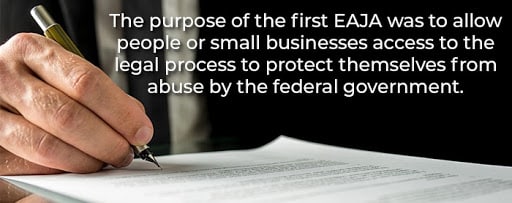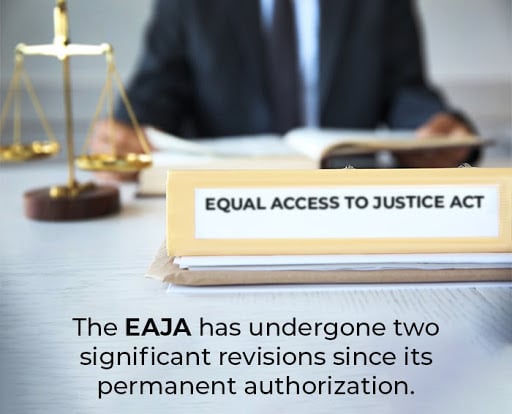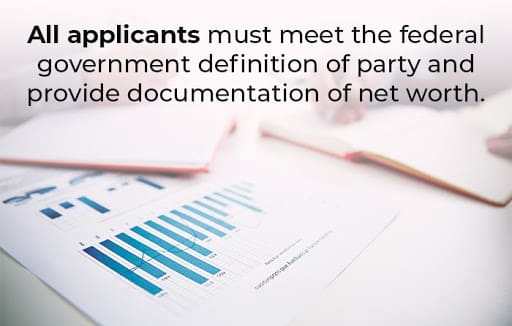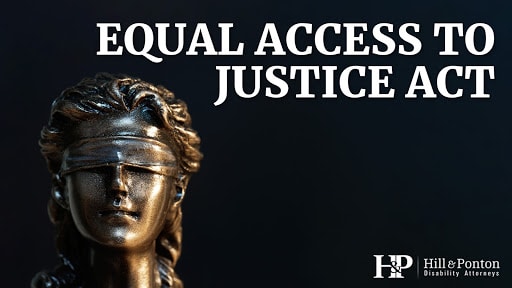Equal Access to Justice Act
Congress originally developed the Equal Access to Justice Act (EAJA) in the late 1970s in response to President Jimmy Carter’s deregulation of controls for oil prices. The purpose of the first EAJA was to allow people or businesses with limited financial means access to the legal process to protect themselves from abuse by the federal government. Under EAJA, participants can receive reimbursement for legal fees when suing the federal government for violating its own policies. Reimbursement typically covers reasonable attorney fees and other costs associated with the plaintiff’s litigation.
The original EAJA from the Carter administration has undergone several changes. Today, it’s a popular tool among environmental groups such as the Clean Water Act, Endangered Species Act, and National Environmental Policy Act.

History of the Original Equal Access to Justice Act
The original EAJA passed under President Carter had two primary goals. The first was to protect people in the small business community from harm caused by government overreach. By providing reimbursement for reasonable fees related to litigation, EAJA sought to prevent harassment of individuals and small business owners by the federal government because they could not afford the cost of becoming litigants. By fee-shifting litigation costs from individuals to the federal government, EAJA hoped to prevent imposition of excessive or unwarranted restrictions on small businesses in the United States.
Congress first passed the EAJA in 1980. The intent at that time was that individuals and small business owners applying for fee-shifting under EAJA to meet specific guidelines that would prevent them from abusing the program. Unfortunately, that plan backfired. The politicians who created the final draft of EAJA removed legal wording that limited the power of EAJA, opening the door for environmental groups like those listed above to sue the federal government and recover millions of dollars’ worth of legal fees.
Changes to EAJA Since Its Inception
A Republican senator named Pete Domenici first tried to pass EAJA in December 1977 but failed. He then reintroduced EAJA legislation in January 1979 with a similar bill by fellow Republican senator Joseph McCade appearing in February 1980. Both Domenici’s and McCade’s version of the EAJA stated that parties must meet certain criteria to qualify for reimbursement of attorney fees and other costs associated with them acting as litigants. These included:
- The party initiating the civil action must have a personal and direct interest in an action taken by the federal government of the United States.
- The party must have suffered a legitimate injury due to the federal government’s position or action.
- If the party has not suffered an injury, the likelihood of harm imposed by the federal government must exist.
Since the House and Senate of the federal government each had a slightly different version of EAJA, the Joint Conference Committee of the House and Senate made revisions and approved the final version on October 1, 1980. President Carter signed EAJA into law on October 21, 1980. Known as a sunset bill, the original EAJA was set to expire by October 21, 1983. The federal government’s position at the time was that EAJA was experimental. Congress then held several administrative proceedings before granting permanent authorization of the EAJA in 1985.
The EAJA has undergone two significant revisions since its permanent authorization. With the first revision in 1992, Congress applied EAJA rules to proceedings involving the Court of Appeals for Veteran Claims. In 1995, Congress halted the tracking and recording of EAJA payments.

Requirements Needed to Submit an Application Under EAJA
Any party seeking reimbursement of attorney’s fees and other legal expenses must submit an application with the same agency that completed the adversary adjudication. The term adversary adjudication in this case refers to an adjudication under Section 5-554 of the U.S.C. The position of the United States must have representation from council. It does not include adjudication for fixing a rate, renewing a license, or granting a license. Adversary adjudication also refers to appealing the decision of an agency board or any hearing falling under the guidelines of the 1993 Religious Freedom Restoration Act.
The next step in the EAJA application process is for the applicant to describe the legal proceedings for which the individual or small business owner seeks reimbursement for amount of fees. The application should show the applicant as the prevailing party and describe the position of the agency that was allegedly unjustified.
Applicants who don’t achieve prevailing party status should submit proof that agency action was substantially excessive, and that the decision of the adjudicating officer was not reasonable. The non-prevailing party must compare the unreasonable agency action with the special circumstances and facts in the EAJA case.
The application must also identify the agency position in the administrative proceeding that the applicant feels do not meet criteria for substantial justification. Small business owners applying for reimbursement of EAJA fees should describe the company’s purpose and list the number of employees.
All applicants must meet the federal government definition of party and provide documentation of net worth. The filing party must also provide an itemized statement listing reasonable fees eligible for reimbursement. Examples of reasonable costs reimbursable by a United States court include:
- Cost to complete studies
- Engineering report
- Analysis
- Project or test

Lastly, the filing party must sign the application for reimbursement under EAJA. An authorized officer of a small business or the applicant’s attorney may also sign. Written verification stating that the information is true, and that the applicant understands the possible penalty of perjury for providing false or misleading statements should appear on the application as well.
Each individual or company that provides services covered in the application should submit a separate itemized statement with the following details included:
- Hours spent preparing for administrative proceeding
- Rate used to calculate each fee
- Description of services performed by the eligible party
- Reasonable expenses for which the eligible party requests reimbursement
- Total dollar amount of fees
- Total amount of fees paid by the eligible party or payable to the eligible party for services rendered
An adjudicative officer will oversee the administrative proceeding and may ask for receipts, vouchers, or other types of proof of reasonable costs incurred.
Filing EAJA Application and Response Requirements
The eligible party for an EAJA award must submit a completed application and all required proof to the federal government and all other parties involved in the original action. The agency council has 30 days from the receipt of the EAJA award application and documentation to respond to the application or request an extension. Failure to respond to the eligible party within 30 days indicates consent to grant the EAJA award requested.
If the EAJA award applicant and agency council believe they can reach an agreement, they have the option to issue a joint statement of intent to settle the award of fees. This provides both the filing party and the attorney for the federal government an additional 30 days to resolve the distribution of the EAJA award. The eligible party or agency council must request additional 30-day extensions from an adjudicating officer who presides over EAJA administrative proceedings. The Agency council must provide a clear written definition of any objections to EAJA award amounts.
The applicant requesting the fee award then has 15 days to respond, at which point the agency council and prevailing party may announce terms of a proposed settlement. If accepted, each party must pay its own legal fees related to the settlement.




